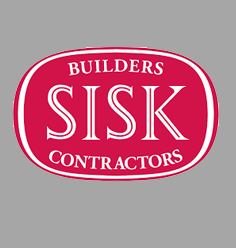Safety Diagnostics as a Leading Measure for Construction Safety Planning
How do you target limited resources to achieve a real improvement in safety performance? Construction safety planning is often based on rear view mirror thinking. What has gone wrong in the past will predict what will go wrong in the future, so the thinking goes. There is real value to be derived from analysis of accidents, incidents and near misses, of course, but correcting past mistakes is not the same as building safety resilience for the future. John Green HSEQ Director at Laing O’Rourke commented in his recent Webinar Safety is Broken, “A paradigm shift in safety management” is needed.
Safety Diagnostics – a tool for resilience
Mapping out the safety culture of the construction workplace is one approach which is both forward looking and evidence based. Using online and onsite workforce survey data, it is possible to identify the collective groupthink that will influence behaviour.
Understanding the prevailing safety culture will tell a great deal about the resilience of the workforce to face the challenges of the construction workplace and its constantly changing landscape. It will inform the safety planning process by recognising the shared beliefs that underpin behaviour in the workplace. Crucially, it will tell managers whether their workforce buys in to the safety values on which the system is built.
Monitoring the construction safety climate
Of course understanding safety culture is just the first step. The construction workplace is in constant flux. It is vital to be able to monitor how the workforce responds to change. Workforce surveys can do this on a frequent basis, measuring change in attitudes over time. Analysis will reveal, for example, if production imperatives are overwhelming an otherwise cautious and conforming workforce and consequently work programmes can be adjusted to relieve the pressure. Sometimes an influx of new workers to a project will bring a new set of ideas – perhaps more risky attitudes or a tendency to trust their safety to luck. Attitudes are viral and understanding how and why they spread is vital to influencing future behaviour.
The ability to plot attitudes that vary from the norm is a powerful tool for those involved in managing safe workforces. It puts people at the centre of planning. It looks at the system before anything has gone wrong and judges the resilience of the culture to withstand the forces of change.








